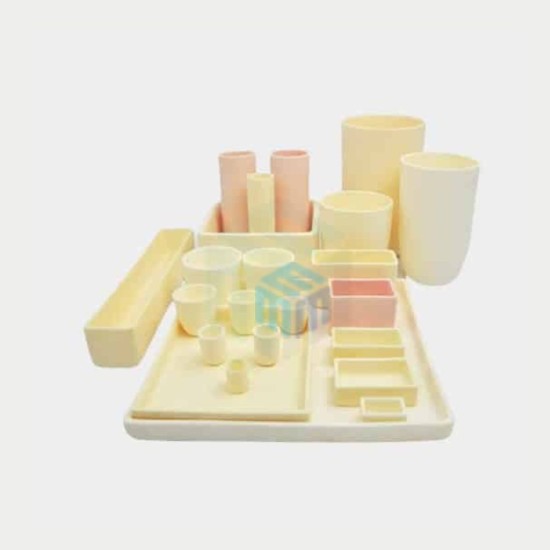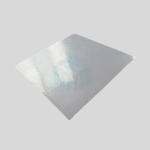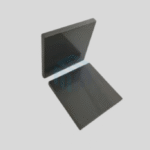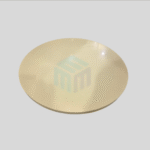When it comes to high-temperature applications such as metal casting, chemical analysis, or sample preparation, selecting the right crucible is critical. The best crucible for metal casting or laboratory use must withstand extreme heat while maintaining chemical integrity and structural stability. This crucible material selection guide will walk you through everything you need to know to make an informed decision.
Key Factors: Choosing the Right Crucible
Choosing a crucible isn’t just about size and shape — it’s about ensuring optimal performance and safety under specific conditions. Here are key factors to consider:
- Application Type: Different materials (e.g., ceramics, graphite) behave differently depending on the process (melting, chemical digestion, ash analysis, etc.).
- Operating Temperature: Match the crucible’s temperature limit with your process needs.
- Material Compatibility: The crucible must resist chemical reactions with the sample.
- Thermal Shock Resistance: Crucibles used in rapid heating/cooling must withstand thermal stress.
- Durability and Longevity: High-quality crucibles reduce replacement frequency.
- Size and Volume: Choose appropriate capacity based on sample volume and equipment.
- Cost-Efficiency: Factor in reusability and lifespan versus initial cost.
This careful selection is essential for achieving accurate results and avoiding contamination or damage to your furnace or sample.
Types of Crucibles
Crucibles come in various materials, each with specific benefits and limitations. Below are the most common types used in labs and industry, with examples from our product range.
-
Ceramic Crucibles
High-temperature ceramic crucibles are ideal for ash analysis, melting, and ignition tests. They resist high heat and corrosive materials:
- Alumina crucibles are widely used in laboratories for thermal analysis, ashing, and sample preparation due to their high purity and ability to withstand temperatures up to 1700°C. These high-temperature ceramic crucibles are chemically inert and offer excellent resistance to corrosion, though they may be more brittle compared to metals.
- Quartz crucibles are ideal for applications requiring high thermal shock resistance and purity, such as semiconductor processing. While they can handle temperatures up to 1200°C, they are not suited for applications with rapid temperature fluctuations or exposure to hydrofluoric acid.
- Silicon Carbide (SiC) crucibles are the best crucibles for metal casting and high-heat applications. With excellent thermal conductivity and strength, they’re commonly used in induction furnaces and can withstand temperatures up to 1800°C. They offer good resistance to wear and corrosion but can oxidize in some atmospheres if not protected.
- Graphite crucibles are known for their superior thermal conductivity and are widely used for melting precious metals such as gold, silver, and aluminum. They can operate up to 3000°C in inert atmospheres but are susceptible to oxidation in open air.
- Zirconia crucibles are ideal for extremely aggressive environments involving high temperatures and corrosive chemicals. These can handle temperatures above 2000°C but are more expensive and less thermally conductive than other refractory materials.
-
Refractory Crucibles
These are designed for heavy-duty metal melting and casting at extremely high temperatures.
- Tantalum crucibles, molybdenum crucibles, and tungsten crucibles are best suited for ultra-high temperature applications in vacuum or inert atmospheres. These refractory metal crucibles offer exceptional heat resistance and mechanical stability. However, they are reactive in the presence of oxygen at elevated temperatures, limiting their use in open-air environments.
- Platinum crucibles are the gold standard in terms of chemical resistance and purity. Often used in analytical chemistry and fusion processes, they withstand temperatures up to 1700°C and resist nearly all acids. The downside is their high cost.
- Zirconium crucibles and titanium crucibles are niche materials used for processing reactive metals or chemicals. Titanium offers excellent corrosion resistance and is lightweight, while zirconium excels in resisting alkalis and strong acids. Both are valuable in specialized lab and industrial environments.
Read also: What are the different uses of various ceramic crucibles?
Common Mistakes to Avoid When Choosing Crucibles
- Ignoring Material Compatibility: Using an incompatible crucible can lead to contamination or reactions with the sample.
- Underestimating Temperature Needs: Low-temp crucibles in high-temp applications can fail catastrophically.
- Choosing Based on Price Alone: Lower cost options may lack the durability or precision needed for your application.
- Improper Sizing: A crucible too small or too large can lead to overflow, inconsistent heating, or equipment damage.
- Skipping Supplier Quality Check: Always source from reputable suppliers (like Mkube) to ensure material certification and quality standards.
Conclusion:
Choosing the right crucible is essential for ensuring precision, durability, and safety in both laboratory and industrial applications. Understanding the various types, materials, and their best uses helps you select the most suitable option for your process.
Looking for a reliable crucibles supplier in the US? M-Kube Enterprise is your trusted partner for advanced material solutions. Reach out to us at +1-732-808-1999 or info@mkubeenterprise.com for more information and expert assistance.
FAQs
Can I reuse crucibles?
Yes, many crucibles are designed for reuse, especially graphite and alumina crucibles. However, reuse depends on:
- The type of material processed
- Temperature exposure
- Presence of corrosive substances
Always inspect for cracks, residue buildup, or structural weakening before reuse.
What size crucible should I use?
Crucible size depends on:
- Sample volume
- Equipment chamber size (e.g., furnace or muffle)
- Expansion potential of the material during heating
A general rule is to leave 20–30% headroom in the crucible to prevent overflow.
Are there safety concerns when using crucibles?
Yes. Always:
- Use tongs or crucible holders when handling hot crucibles
- Wear PPE (gloves, goggles, lab coat)
- Ensure the crucible material is compatible with the substance being processed to avoid hazardous reactions
Allow crucibles to cool in a controlled environment to avoid thermal shock.






